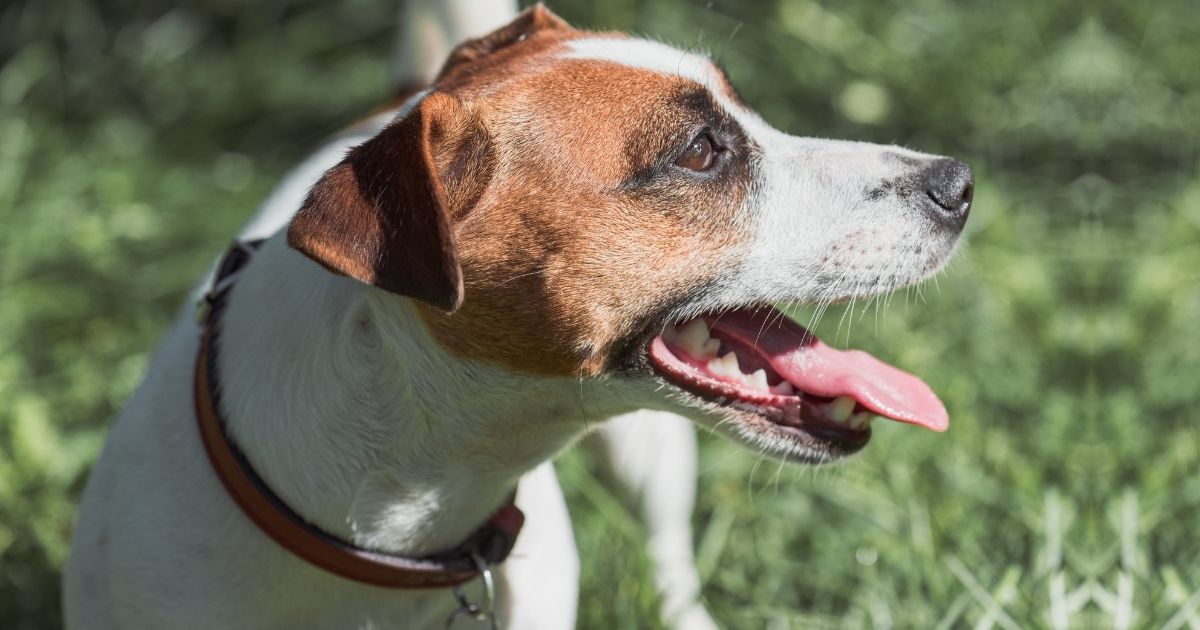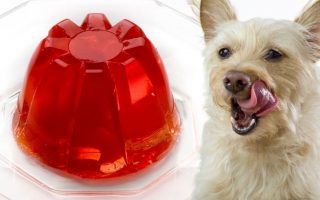One of the most important things to your pet is hydration, similar to other living things including human beings.
However, most people ignore it when out on walks with their canine companions. Fresh clean water should always be handy for your pups to avoid dog dehydration.
This can easily be achieved in good towns as most restaurants and shops put a bowl of water outdoors for people with pets.
But what happens when you’re on a long walk or not in an area like that?
Eating and drinking are both undeniably vital to the overall health and survival of a dog. However, water is more essential in comparison to food.
How Long Can A Dog Go Without Water?
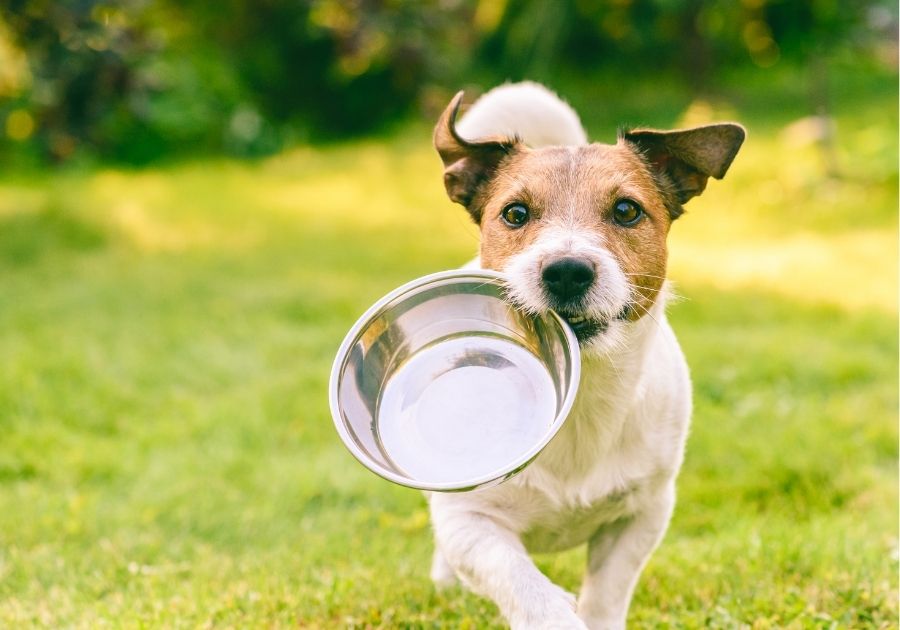
As a matter of fact, dogs are able to survive longer without food than they are able to without water.
If your dog is refusing water, then it’s important to know just how long a dog can go without water during the day.
It mostly depends on your dog’s physical activity. Active dogs will require lots of water. If they are casually laying around at home, they can go nearly 8 hours without water.
However, this is not recommended as the approximate survival period a dog can go without water is 72 hours (three days).
Anything short of that could result in severe damage which may be difficult to remedy.
Over 70% of a dog’s overall body weight is made up of water, which is why they need to sustain this with consistent hydration on a daily basis.
As a general rule, one ounce of water per pound of body weight is most ideal.
Although dogs can go 2 to 3 days without water, you should not subject them to such treatment. Dog dehydration affects every process in their body.
Lack of access to clean freshwater could lead to all vital organs in their body failing and potentially resulting in death.
If your fur baby is down in health and refuses to drink water, it’s important to get help immediately.
The vet will most likely stabilize and rehydrate them with IV fluids besides diagnosing and dealing with the root cause.
Also Recommended:
How Long Can A Dog Go Without Food? Facts & Advice
How Much Water Should A Dog Drink?
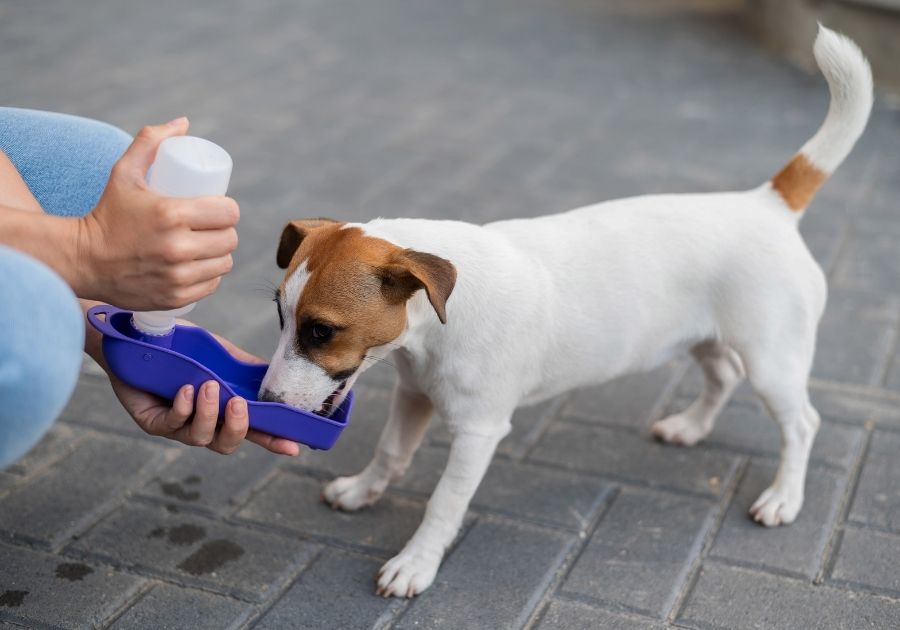
If you’re a new pet owner, you shouldn’t bother so much about being unable to find changes in how they consume water.
By simply measuring how much water they presently drink, you can figure out if they should be encouraged to drink more.
Based on statistics from the AKC, adult dogs should consume one ounce of water on average, for every pound of their overall weight.
Puppies, on the contrary, have varying hydration requirements. When they’re growing out of their mother’s milk into solid food, they will need up to a half cup of water each hour.
The point at which they can fully move to adult hydration needs is after successful weaning.
Note that these are just guidelines. Your dog might require more water based on various determining factors like the weather, their health, and their level of physical activity.
Your pup’s food intake can also have an effect on how much water they consume. Ensure to also monitor your dog for warning signs of dehydration.
What Are The Warning Signs of Dog Dehydration?
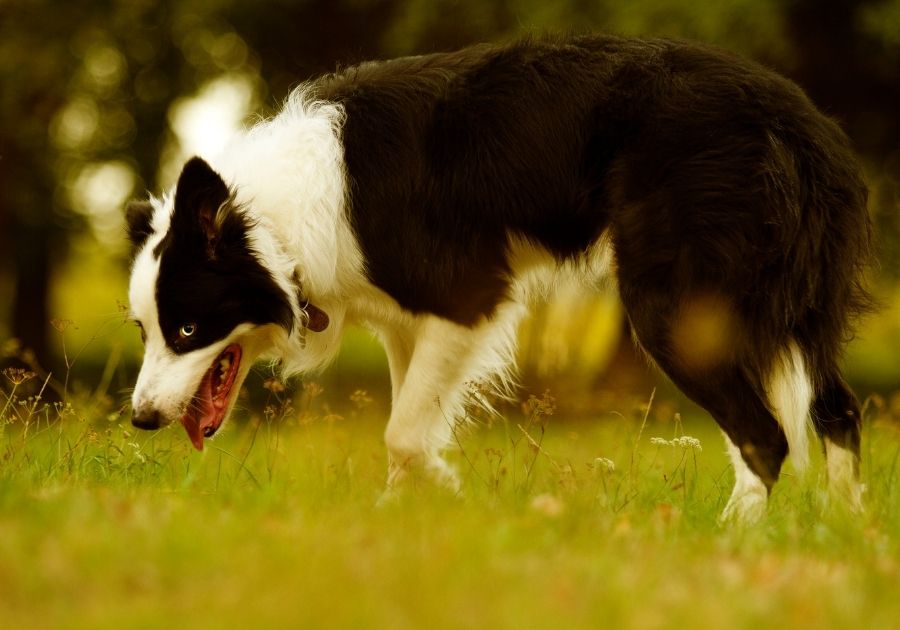
Dogs begin to show signs of dehydration after 24 hours. Their energy diminishes and they begin to pant heavily in order to cool down.
Their general behavior is also significantly affected and mobility becomes problematic.
Vomiting and stooling are clear signs that you should seek veterinary help. As time passes while they are severely dehydrated, they will become worse and may eventually die. Hydration is indeed crucial!
When you are out and about with your pooch on a walk, it is important that water lasts as long as 24 hours, more importantly, if it’s a particularly warm day.
Small amounts of food rich in moisture also help reduce dehydration in dogs. Dry foods like kibble, on the other hand, can greatly increase dehydration.
In the UK, The RSPCA receives one call every two hours, on average, concerning a dog abandoned in a car.
The temperature levels in cars are known to rise significantly and should be a thing of concern to all pet parents.
When it comes to keeping your pet hydrated, you can take a collapsible bowl or dog bottle, which releases water only when your dog licks.
Other warning symptoms of canine dehydration:
- Dryness of Mouth and Gums: While a dog may experience dryness of the nose for a variety of reasons, its mouth and gums should be lubricated at all times. Your dog’s gums, when pressed, should quickly return to their original pink color. In the event that it remains white for nearly a minute, your pooch is clearly dehydrated.
- Appetite Loss: Dogs are known to become uninterested in food when they are poorly hydrated. This happens because dehydration makes it difficult to swallow or digest food.
- Sunken eyes: Severe dehydration in dos causes the muscles that hold the eyes in place to become dry. This in turn gives the eyes an obvious sunken appearance.
- Extreme Panting: Your dog pants in order to regulate his/her body temperature. However, if he/she begins to pant too heavily, it could be a sign of severe dehydration.
- Listlessness or numbness: Water is highly vital for the proper circulation of blood. When blood is not properly circulated, your fur baby will feel weak and tired.
How to Prevent Dehydration in Dogs
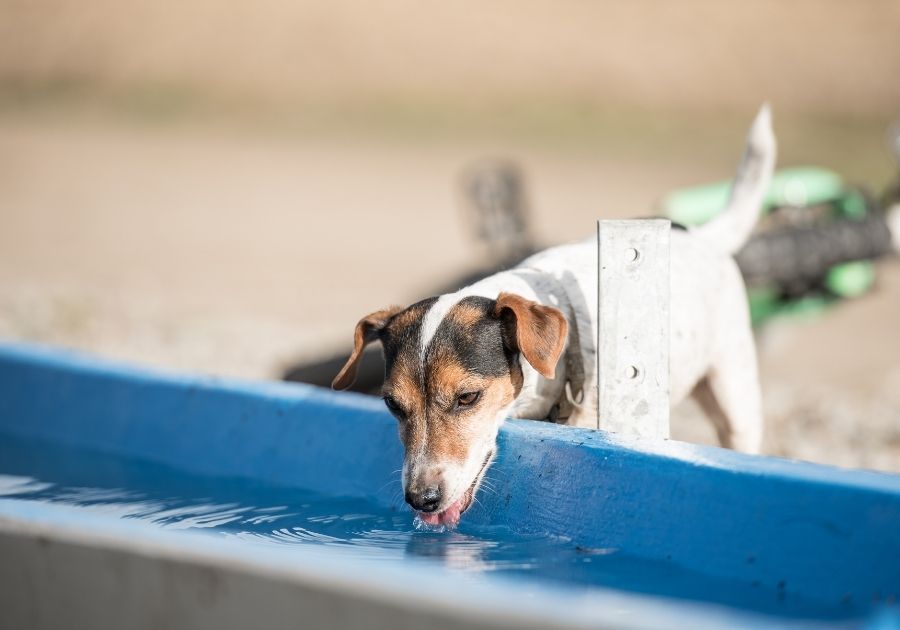
For humans, dehydration can feel frustrating. If you have ever been on a vacation somewhere hot and experienced severe dehydration, you can feel really choked.
It is the same for pets; the only difference is that they are unable to communicate their symptoms of dehydration to you, except you’re great at reading the signs from them.
The best way to prevent dehydration in canines is to ensure that they don’t get to that condition at all.
You should provide your dog with a steady supply of clear, clean water, including when they’re inside and outside.
Take into consideration that some dogs may drink more water than others, depending on the dog’s activity level, exercise, weather, and temperature.
Frequently Asked Questions
Is my dog dehydrated?
The most noticeable signs of dehydration in canines include panting, loss of skin elasticity, dry gums, sticky-dry nose, weakness, sunken eyes, collapse, and lethargy.
How do vets test dogs for dehydration?
The fastest way to determine the seriousness of canine dehydration is a blood sample. It can also help to identify the root cause and a possible solution.
For the blood test, blood is usually extracted from a vein located in your pup’s neck called the jugular vein. A bandage is immediately applied to curtail bleeding.
How do vets provide rehydration for dogs?
The most efficient way of dealing with canine dehydration is to place the dog on a drip. This replaces lost fluids and prevents further dehydration.
Alternatively, fluid is administered under their skin and will absorb over a few hours. However, this method is not as effective as a drip in correcting dehydration; it is mostly recommended for mild cases.
Your pet may also need pain relief, anti-sickness medications, and antibiotics, depending on the symptoms.
Bottom Line
It is important to fill up your pooch’s water bowl before you set out for work or a trip that’ll last several days.
If you’ll be absent for long hours or days, you should make arrangements for a steady supply of food and water.
Find someone to monitor your pooch, keep their bowls filled, and possibly even take them out for walks.
Anything short of this may cause them to suffer from loneliness, depression, and ultimately severe health problems.
Also Recommended:
Complete Guide To Nutrition For Your Dog

